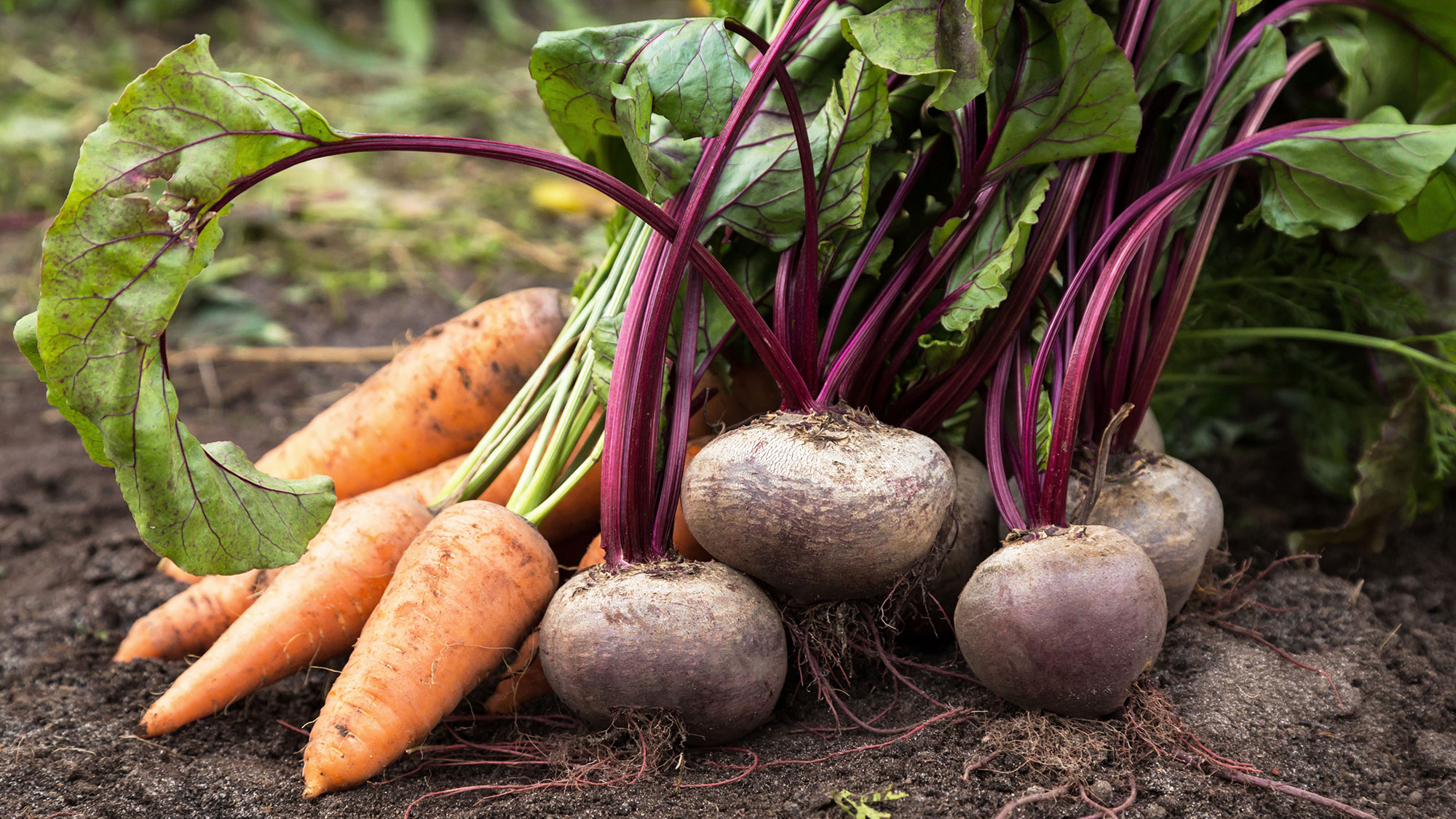
As summer draws to a close and our salad and zucchini crops finish, there are still plenty of vegetables we can continue to plant and enjoy through the fall and winter. Having enjoyed fresh beans, juicy tomatoes and a whole array of warm-weather vegetables, it’s time to grab your best gardening gloves and get ready to plant for cooler climes.
As the temperature drops in September, it’s the perfect month to plant cool-weather crops that thrive in conditions under 75°F. If you make a start now, your home-grown veg will be ready to harvest in time for when the temperature drops.
We’ve asked expert gardeners to share their top tips on what vegetables to plant in September so you can have success with growing and harvesting these seven vegetables at home.
7 vegetables to plant in September
These vegetables can all be seeded directly into the soil in September, as the temperature is still warm enough to allow germination. Some of the vegetables are also suitable to be grown from transplants.
1. Carrots
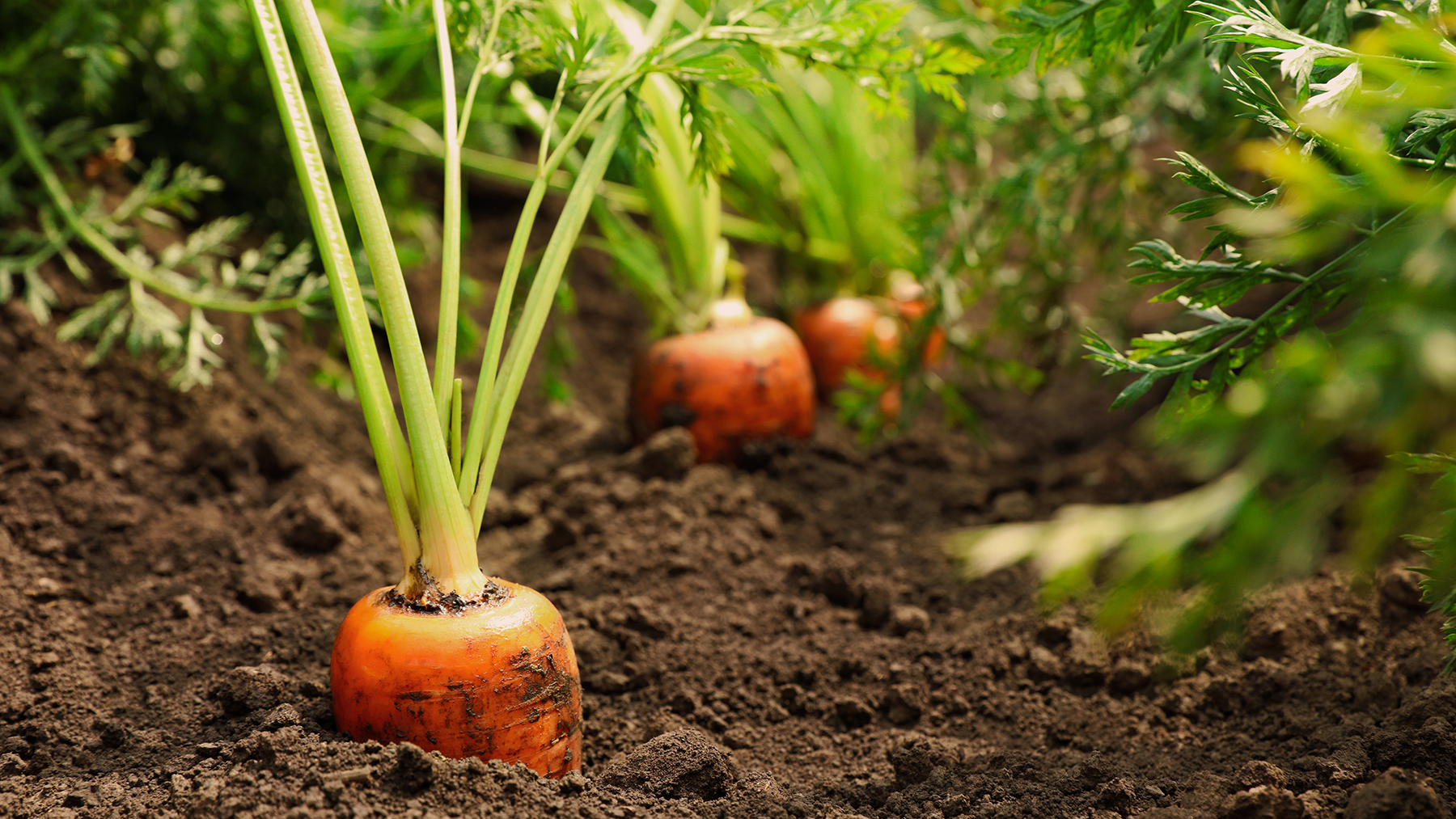
Craig Wilson, founder, director, and in-house gardening expert at Gardeners Dream, says, “Carrots need loose, stone-free soil for those long, straight roots,” adding, “Sow them directly into the ground and make sure they get plenty of sun.”
He says to keep the soil moist to encourage germination and “thin out the seedlings early to give them room to grow.”
CaliKim, garden author and YouTuber from CaliKim Garden and Home DIY advises that you can harvest the carrots when they reach the desired size and that they can be left in the ground to sweeten with the frost, adding that the carrots greens are also delicious in salads.
Tip
"Mulch heavily to protect the roots if left in the ground during the cold weather," CaliKim says.
Days to harvest: 60-80 days
Planting Zone: 4 to 10
2. Beets
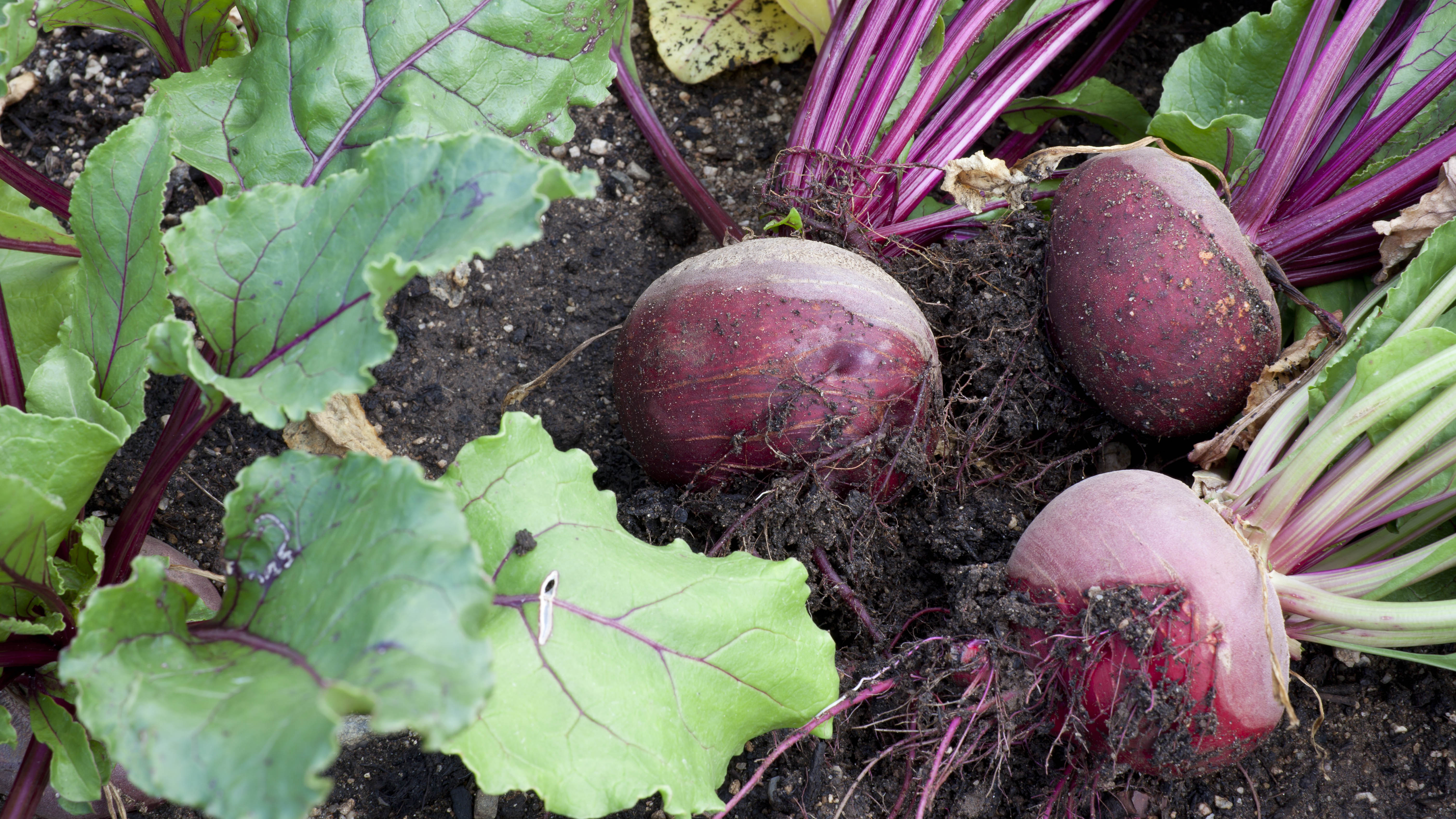
Carrie Spoonemore, co-creator of Park Seed’s From Seed to Spoon app, recommends growing beets in September. She advises direct sowing the seeds 1 inch deep and 2-4 inches apart in well-drained loamy soil and keeping the soil consistently moist, especially during germination. Beets will do well in full sun to partial shade. She says once the seedlings are established, “Thin the seedlings to 3-4 inches apart once they’re a few inches tall to allow room for root development.”
Tip
“Beets are frost-tolerant and can be left in the ground with heavy mulch for a sweeter flavor,” says CaliKim, “The greens are also very hardy, are edible, and can be harvested through light frosts.”
Days to harvest: 50-70 days
Planting Zone: 9 and above over the winter months
3. Leafy greens
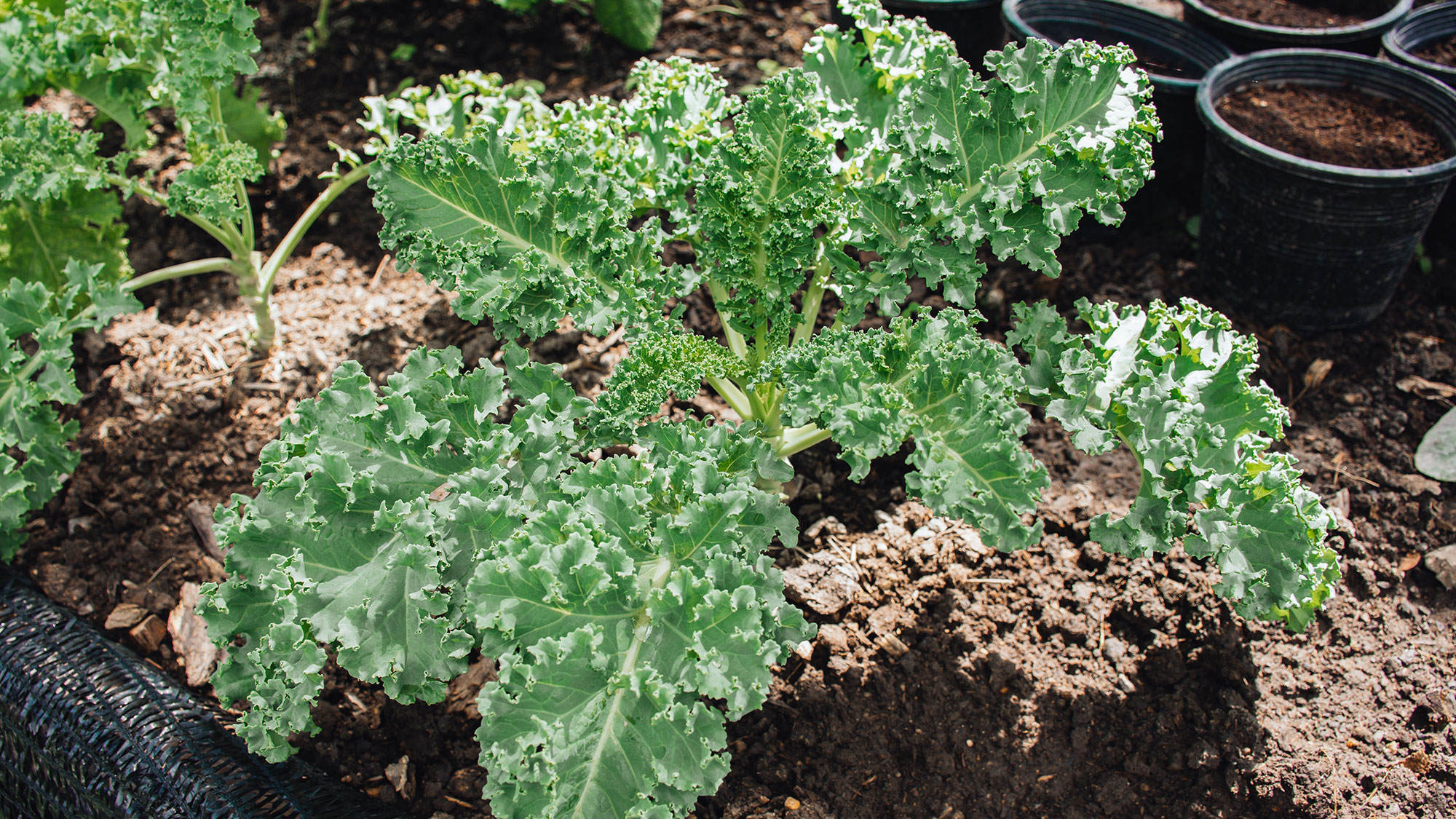
Chard, kale, lettuce, mustard greens and spinach are leafy greens that can all be grown in September. CaliKim advises that seeds can be direct sown into the soil or young transplants planted. All will appreciate rich, well-draining soil with plenty of organic matter and they’ll grow best in full sun or partial shade. Wilson recommends keeping the greens watered, especially if it’s dry.
When the greens are ready to harvest, CaliKim suggests using the cut-and-come-again method: “Cut other leaves as needed and leave the inner leaves to keep growing. The outer leaves will regrow, providing a perpetual salad garden.”
These greens are frost tolerant, which is a benefit, as a light frost, gives them a sweeter taste.
Tip
CaliKim recommends using row covers or cloches for extra protection during cold snaps.
Days to harvest: 30-60 days, depending on variety
Planting Zone: Dependent on the variety
4. Turnips
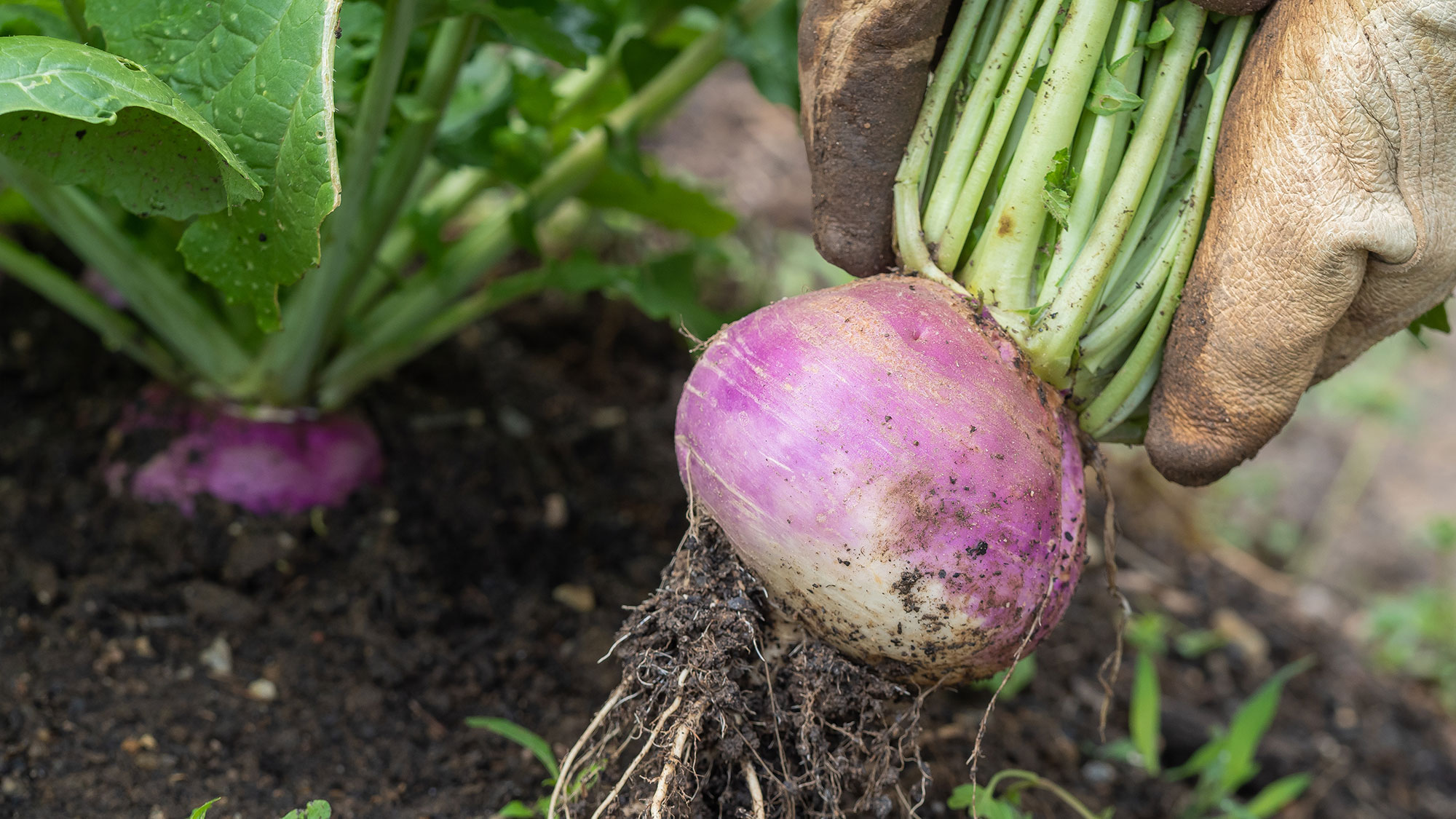
Turnips are a cool-weather root vegetable that can be grown in both the spring and fall. Both the root and green leaves are edible. However, turnips tend to be sweeter if grown in the fall, and they are also less prone to pests.
You’ll gain more success if sowing seeds directly into the soil, as turnips don’t perform as well from transplants. Spoonemore recommends sowing the seeds ¼ inch deep and about 1 inch apart, then thinning the seedlings to 4-6 inches “to ensure that the turnip roots have enough space to grow to their full size,” she adds.
Turnips will do best in full sun to partial shade and should be watered well and consistently. One inch of water a week should prevent the roots from becoming tough and bitter.
Tip
Mulching heavily will help retain water and suppress weeds.
Days to harvest: 30-60 days
Planting zone: 2 to 9
5. Radishes
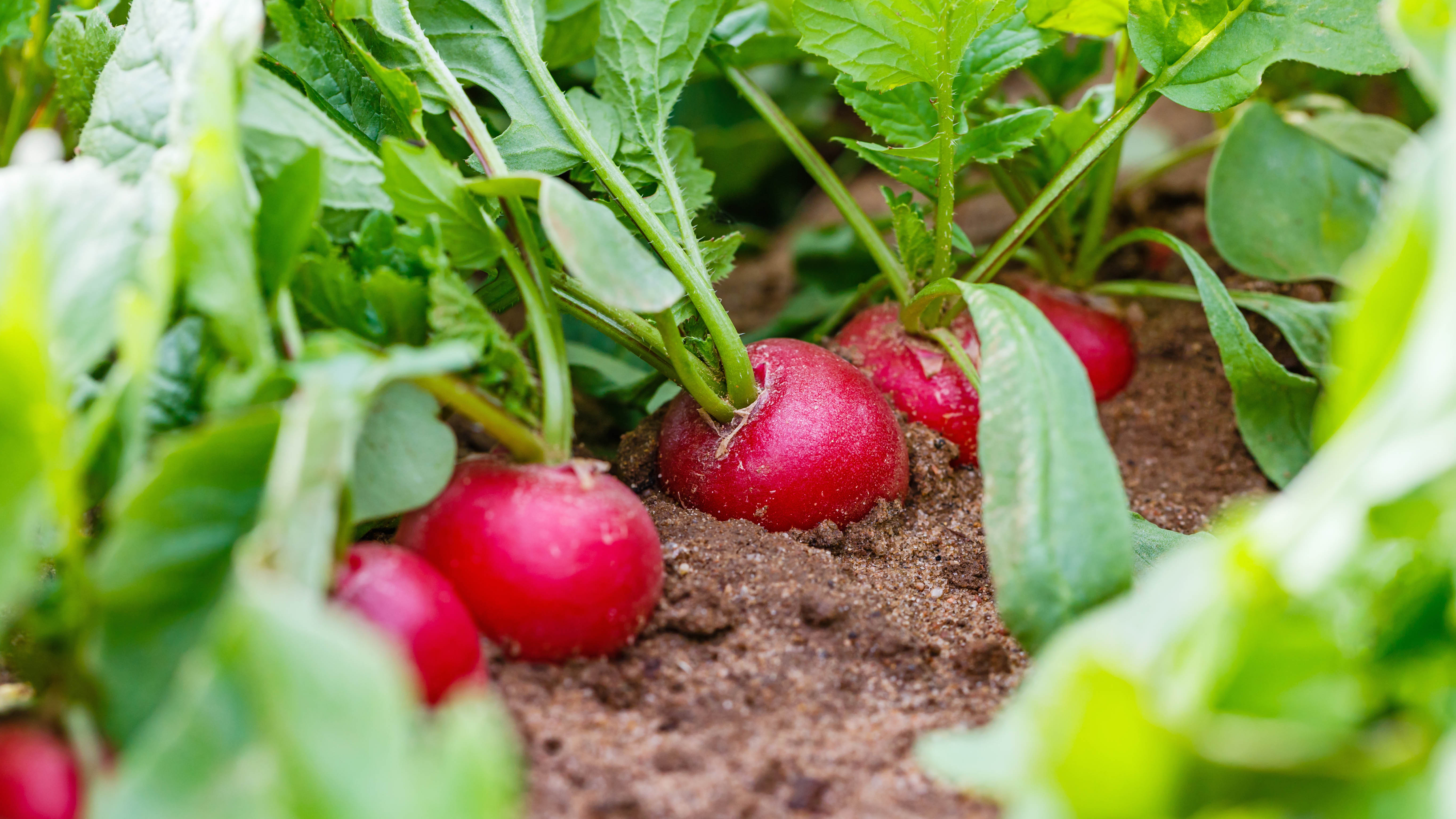
“Radishes are speedy growers,” says Wilson. And the delight in growing them is that once planted, “You’ll be harvesting them in a few weeks,” he adds. Their fast growth makes them a perfect first-time crop for novice vegetable growers.
CaliKim recommends direct sowing radishes from seed, as they don’t transplant well, into loose, well-draining soil with good organic content. Spoonemore advises that they should be planted ½ inches deep and 2 inches apart, adding, “Thin the seedlings to 1-2 inches apart to allow the roots room to develop properly, resulting in better-sized radishes.”
Radishes will also do best in full sun and should be kept evenly moist to prevent splitting.
How do you know when radishes are ready to harvest? CaliKim says, “Stick your finger into the soil to feel the radish and gauge the size of the bulb. Harvest when they are about 1 inch in diameter.”
Tip
“Radishes are frost-tolerant and can be sown multiple times throughout the fall for continuous harvests,” says CaliKim.
Days to harvest: 21-35 days
Planting zone: 2 to 11
6. Sugar Snap Peas
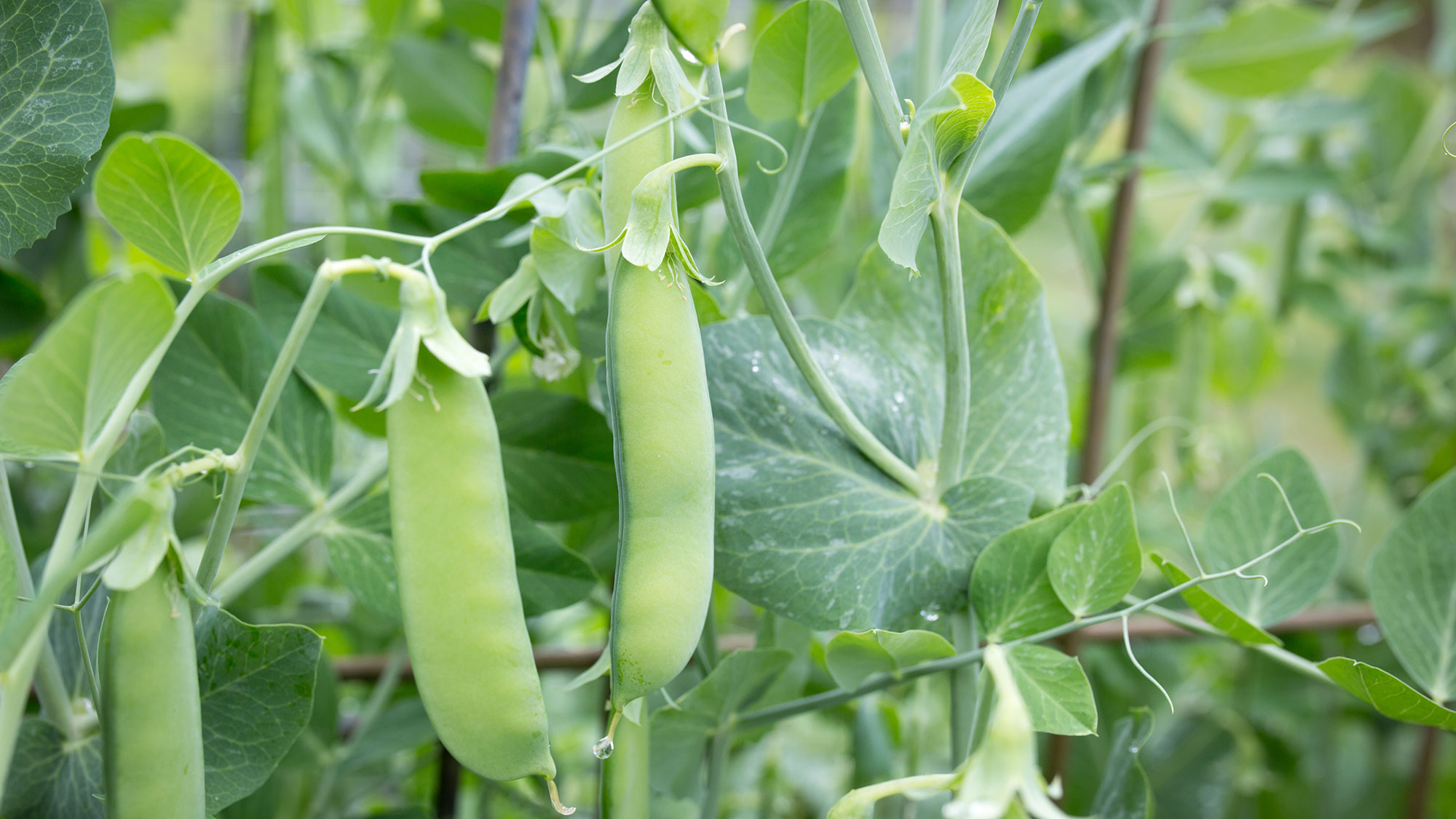
Sugar snap peas are a versatile crop you can enjoy as a snack and in salads and stir-fries. This cool-season crop is easy to grow and can be directly seeded or grown from transplants. Plant seeds 1-2 inches deep and about 4 inches apart. If planting in rows, space them at least 18 inches apart to allow room for supports., Wilson says, “Plant them directly into well-drained soil, rich in organic matter,” adding, “They like full sun but can tolerate a bit of shade.”
He also advises, “Keep them watered, especially when they’re flowering, and give them some support as they grow.”
Spoonemore says the pods are ready to harvest when “plump and still tender, usually before the seeds inside have fully developed.”
Tip
Trellis or vertical netting can act as support. To avoid damaging the young plants and roots, it’s best to set it up before planting.
Days to harvest: 60–70 days
Planting zone: 3 to 11
7. Garlic
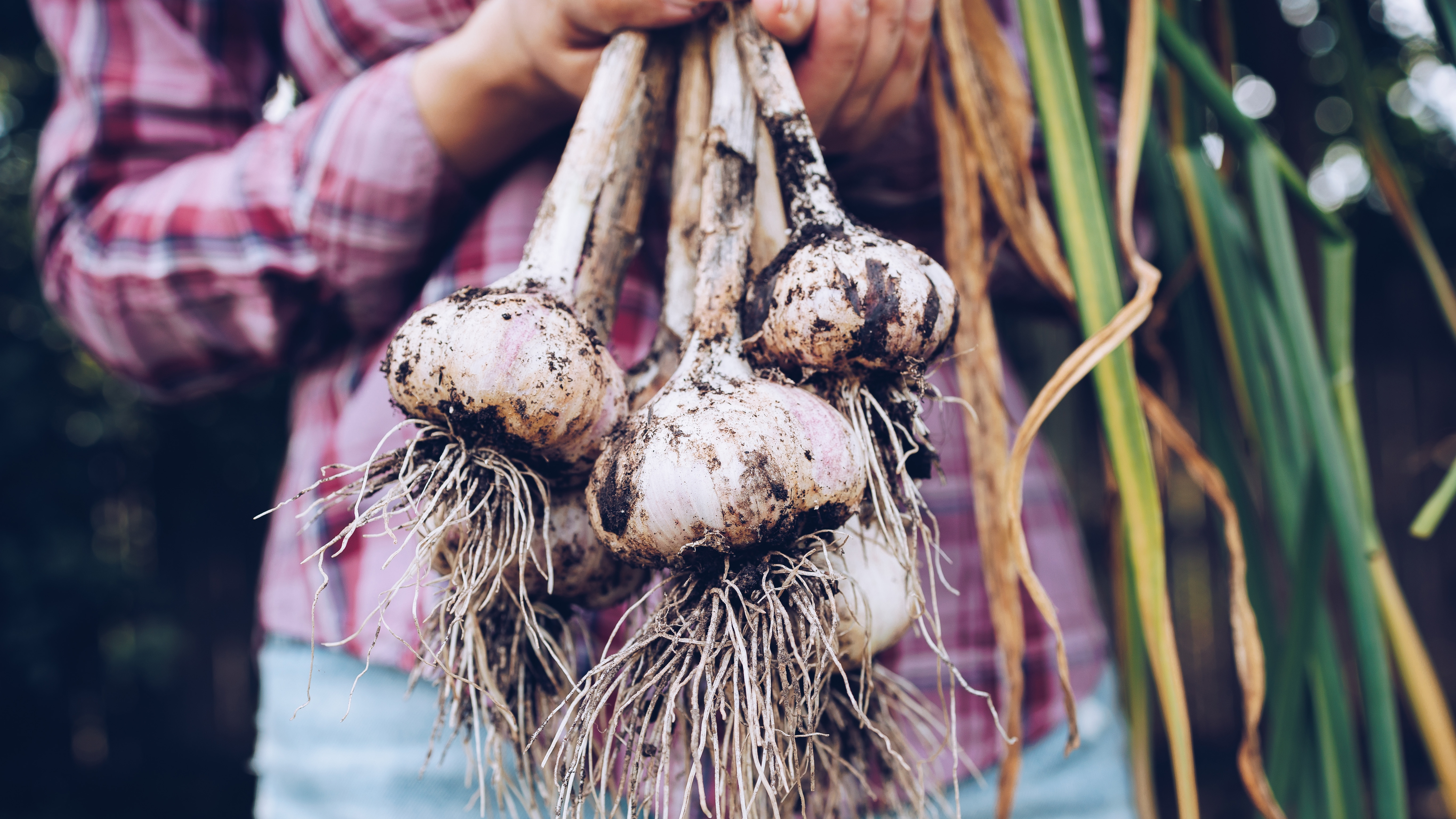
Garlic is a flavorsome bulb that brings a kick to many dishes, although you’ll need to wait eight to nine months until it’s ready to harvest. Garlic cloves can be planted directly into the soil, with CaliKim recommending that they be placed flat side down, with the pointed tip upwards. Plant the cloves 2 inches deep and 4-8 inches apart, and if planting in rows, space them 6-12 inches apart. They’ll benefit from loose, well-draining soil and full sun. “Water regularly until the ground freezes, then mulch heavily,” she adds.
Mulching with leaves or straw will help protect the garlic in areas where the ground freezes and can ensure proper overwintering.
With a bulb, it can be difficult to know when it's ready to harvest, but CaliKim advises, “Harvest the following summer when the lower leaves turn brown.”
Tip
“Garlic is extremely frost-tolerant and can withstand harsh winter conditions,” says CaliKim. “It will be dormant through the winter, taking a cold-weather nap for the best bulbs.” So, if you see growth in the fall, and it stops growing in the winter, don’t worry, as it will resume growth in spring.
Days to harvest: 8-9 months
Planting Zone: 2 to 6
A guide to planting vegetables in the fall

Before planting vegetables in the fall, CaliKim says there are a few things you need to know. “A fall garden isn’t just about extending your growing season; it’s about getting your crops established before the cold sets in.”
Planting before the first freeze
If you plant your vegetables at the right time, CaliKim says there’s no reason why you can’t enjoy fresh produce through the winter and fall. “Many of these vegetables can handle a light frost, and if they’re well-established before the first freeze, they often survive early winter days and continue to provide harvests into the colder months.”
Check your local frost date
CaliKim suggests it’s always best to check your area’s average first frost date, as this will help you determine your growing season and what you plant now. “Knowing this date is crucial for timing your fall planting to ensure your crops have enough time to mature before the cold sets in,” she says and suggests using an online frost date calculator, such as Almanac.
Calculate days to maturity for each crop
To make extra sure, CaliKim also recommends calculating the days to maturity for each crop, which can be found on the back of the seed packet, and selecting plants that have time to mature before the first frost.
“Choosing smaller, more compact varieties will help you get a harvest before the weather turns too cold, especially in areas with early winters,” she says. You’ll also need to consider the number of sunlight hours. “As the days get shorter and there are fewer hours of sunlight, your veggies may need a few extra weeks beyond this maturity date before they are ready to harvest,” she adds.
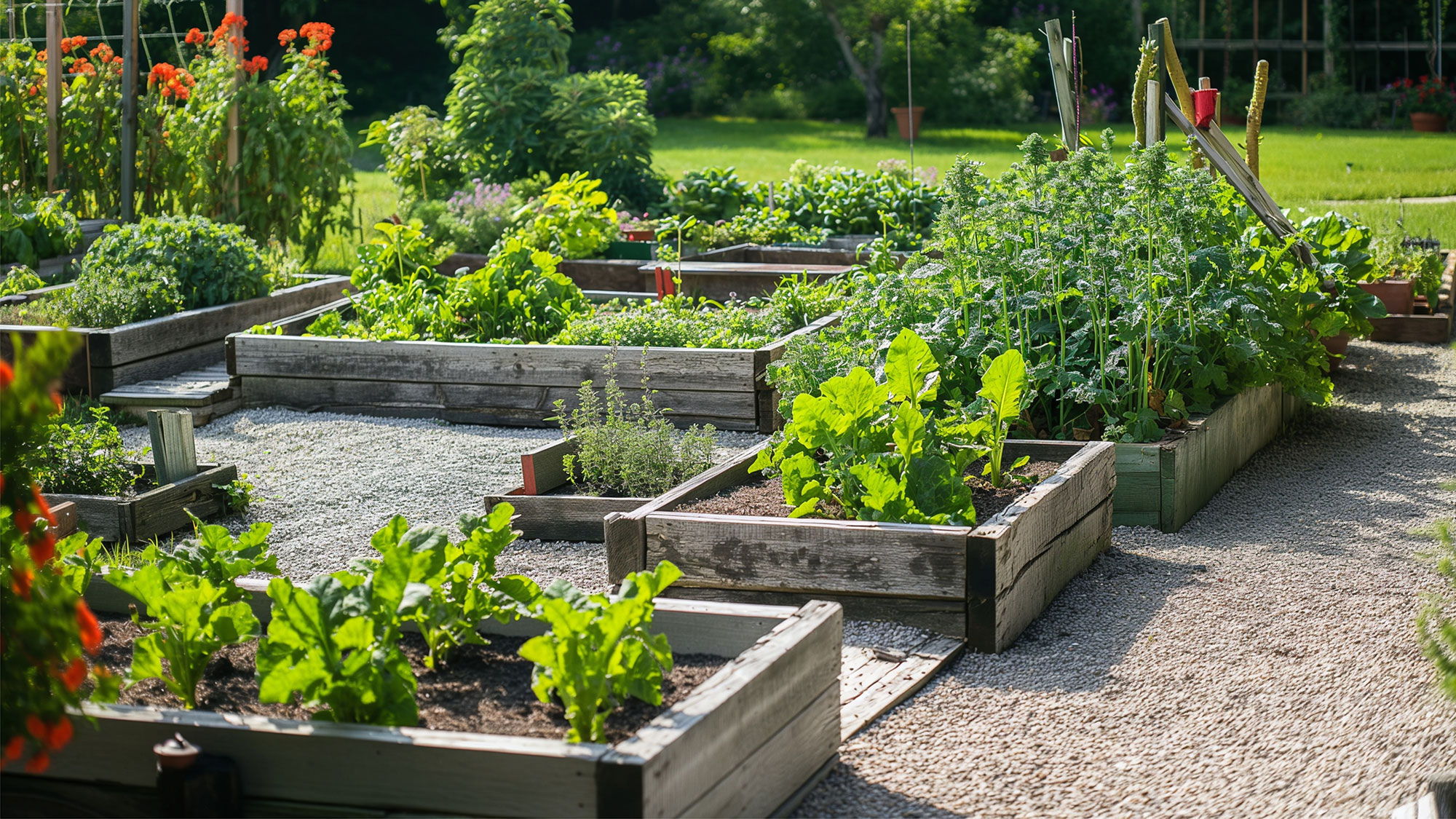
Southern gardeners: How to know when to plant
Timing your fall planting is particularly important if you live in the south, where summer temperatures can extend into November and beyond. “These veggies won’t grow well in temperatures over 80°F, so you may need to wait until November or later to plant cool-weather veggies in the garden.”
But if you want to get ahead, she suggests starting cool-weather vegetables that transplant well under grow lights. “These crops will grow to transplant size indoors and then can be moved outdoors when the weather cools down,” she says.
However, there’s good news for Southern gardeners, as CaliKim suggests they can likely fit in another round of quick-growing warm-weather veggies outdoors in September. “Squash, beans, cucumbers, and heat-tolerant leafy greens like kale and chard all direct seed well and can extend your summer garden into the fall.”







